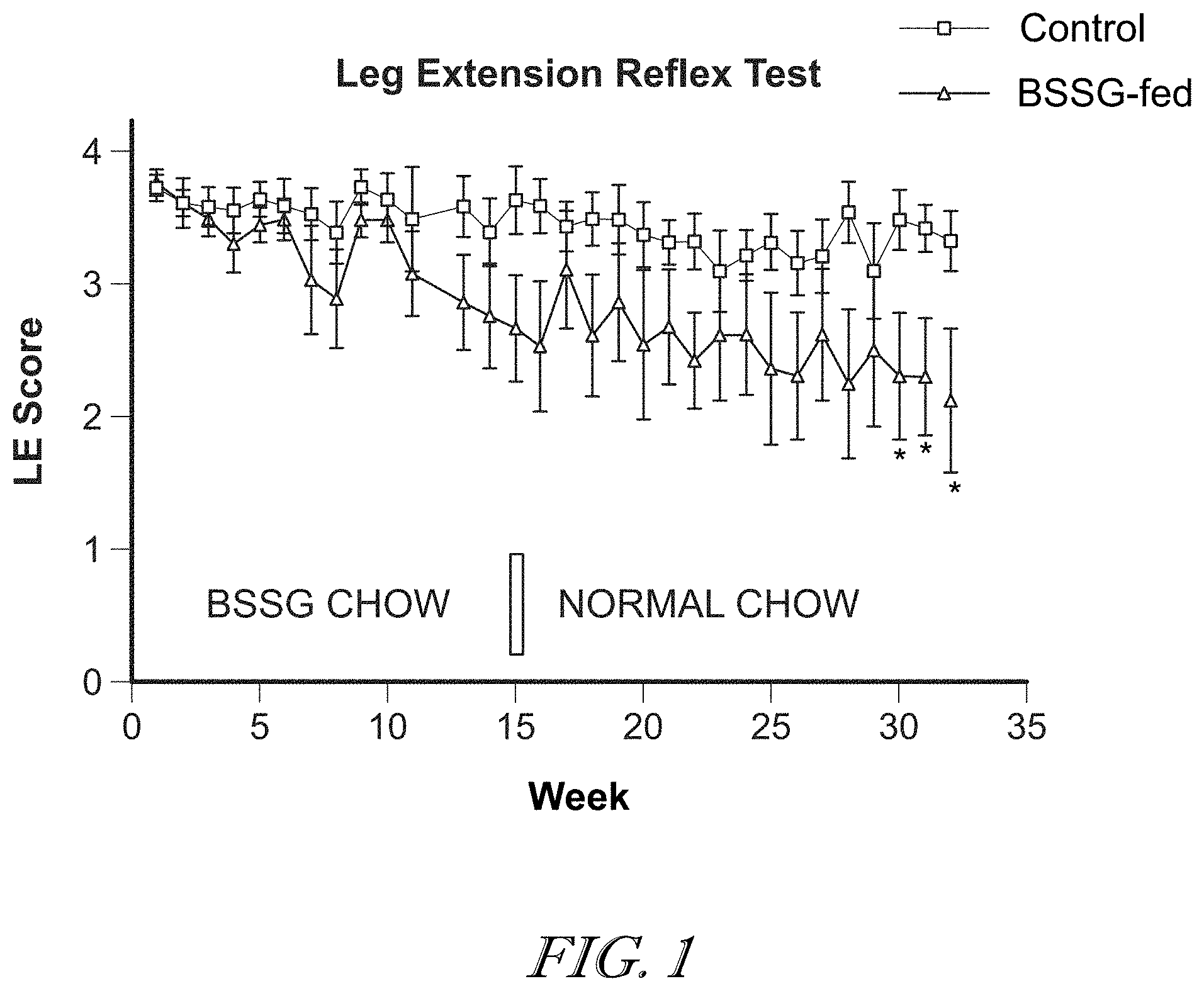Invented by Denis G. Kay, Neurodyn Inc
Progranulin is a protein that has been shown to play a role in the development and maintenance of neurons in the brain. It has been found to be deficient in some neurodegenerative disorders, and researchers are exploring the potential of progranulin as a treatment for these diseases.
The market for treatment of neurodegenerative disorders with progranulin is still in its early stages, but there is growing interest in this area. There are currently no drugs on the market that target progranulin specifically, but there are several companies working on developing such drugs.
One of these companies is Alector, which is developing a drug called AL001 for the treatment of frontotemporal dementia (FTD), a type of dementia that is caused by the degeneration of neurons in the frontal and temporal lobes of the brain. AL001 is designed to increase the levels of progranulin in the brain, which is thought to be deficient in FTD. Alector has completed a phase 1 clinical trial of AL001, and is currently conducting a phase 2 trial.
Another company working on progranulin-based therapies is ProMIS Neurosciences, which is developing a drug called PMN310 for the treatment of Alzheimer’s disease. PMN310 is designed to target a specific form of beta-amyloid, a protein that is thought to play a role in the development of Alzheimer’s disease. ProMIS is also developing a diagnostic test that can identify patients who are most likely to benefit from PMN310.
The market for progranulin-based therapies is expected to grow in the coming years, as more research is conducted on the role of progranulin in neurodegenerative disorders. However, there are still many challenges to be overcome in the development of these therapies. One of the biggest challenges is identifying the patients who are most likely to benefit from progranulin-based therapies, as the underlying causes of neurodegenerative disorders are complex and not well understood.
Despite these challenges, the potential of progranulin-based therapies to treat neurodegenerative disorders is exciting, and there is hope that these therapies will one day provide a cure for these devastating diseases.
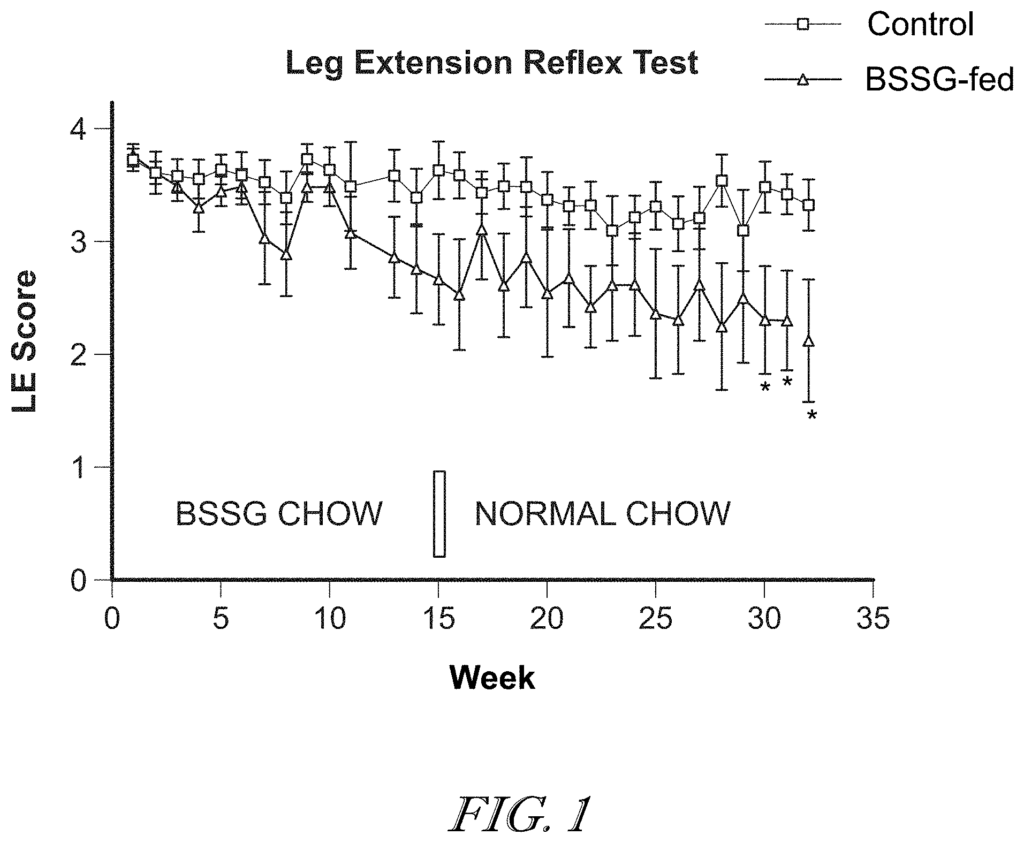
The Neurodyn Inc invention works as follows
The invention is a method and composition for treating neurodegenerative diseases. The present invention is directed towards methods for treating neurodegenerative disorders using progranulin, progranulin-polypeptides and methods to treat neurodegenerative illnesses using effectors or combinations of effectsors that modify progranulin’s expression.
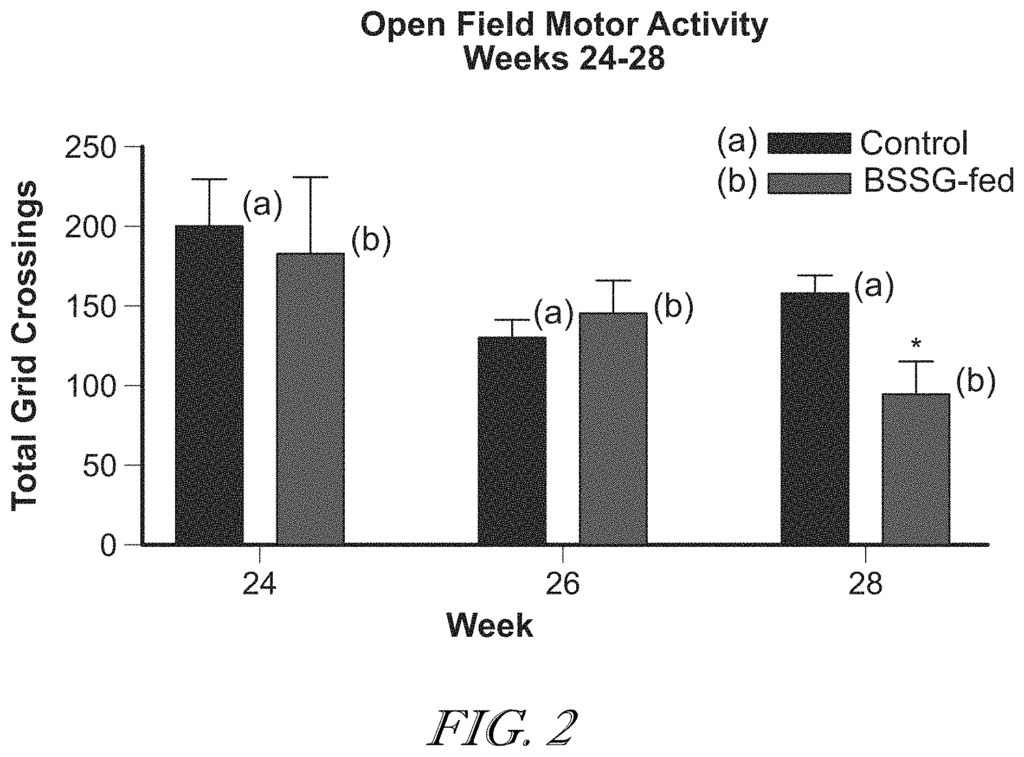
Background for Treatment of neurodegenerative disorders with progranulin
Example 1
Animals
Example 2
Microscopy
Example 3
Statistical Analysis
Example 4
Progressive Decrease of Leg Extension Reflex following Synthetic Steryl Glucoside
Example 5
Progressive Decrease in Open Field Motor Activity Following Synthetic steryl Glucoside Exposition
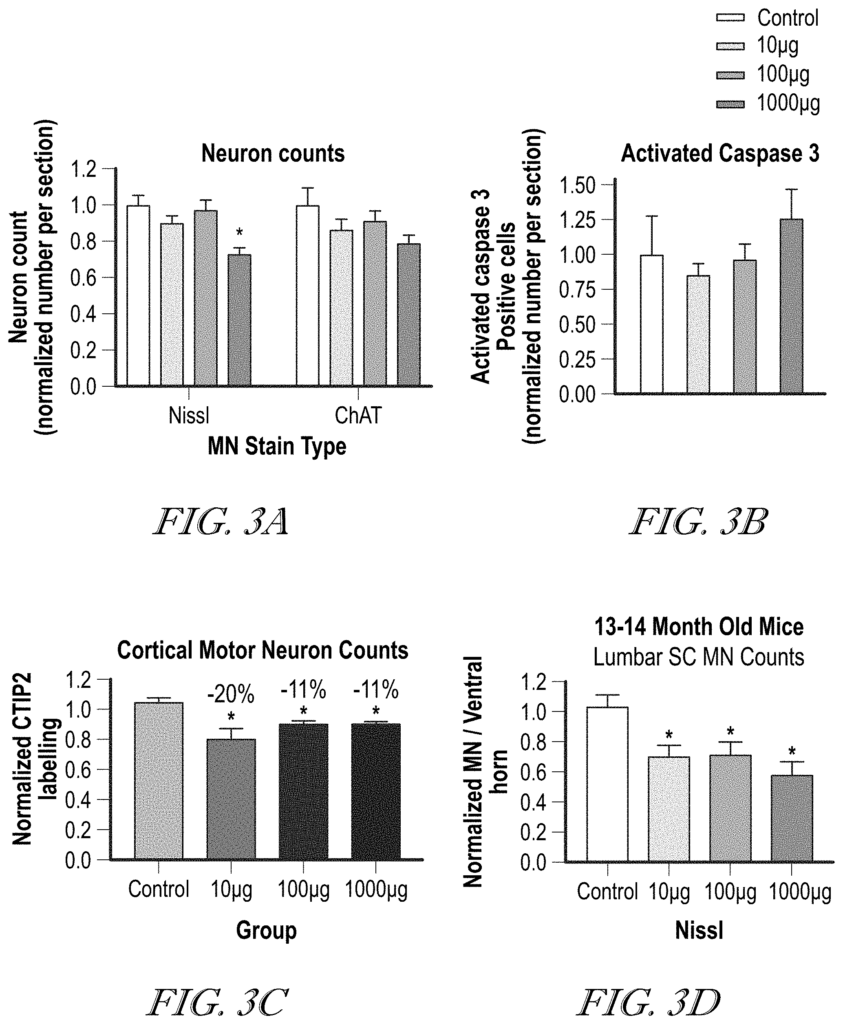
Example 6
Progressive loss of motor neurons following 10 weeks exposure to Synthetic Steryl Glucoside”.
Example 7
In Situ hybridization to detect progranulin expression in the brainstem of a normal mouse
Example 8
In Situ hybridization to detect progranulin expression in anterior horn cells of the cervical spine cord of a normal mouse
Example 9
Decreased Progranulin expression in the Motor Cortex of Washed Cycad Flour Fed Mice
Example 10
Exposure of Synthetic Bssg results in decreased progranulin expression in the cervical spine cord
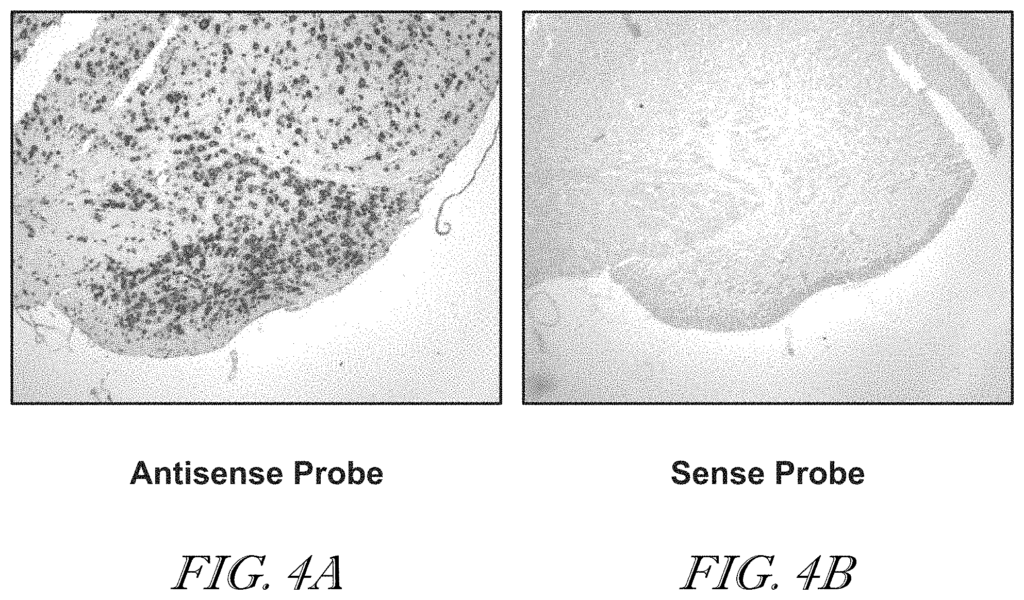
Example 11
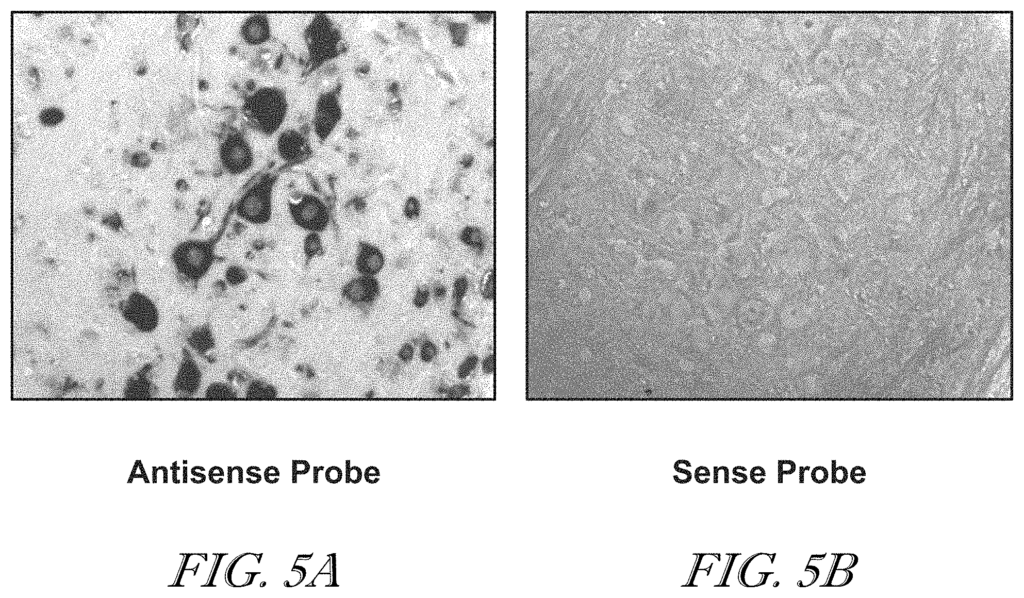
Click here to view the patent on Google Patents.
